What Is The Value Triangle
The Value Triangle is a subset of the customer’s Decision Criteria that we, as a vendor, satisfy and that our competition does not. The larger it is the better the deal is qualified. Best sellers focus on it, enlarge it, make sure it’s solid, review it often with the client and most importantly, leverage it.
—–
——
Where does the Value Triangle come from?
We’re going to look at the Decision Criteria from a new viewpoint. First we have the customers expression of needs. We’re presenting this in a triangle. Inside this triangle we have all the different elements of the Decision Criteria. As an example, let’s imagine we are Google Cloud, selling G-Suite and we’re competing with Microsoft 365.
The decision criteria may include requirements such as:
- Need for native cloud architecture, or
- Easy migration path from all our existing Microsoft Office data
- Advanced features for book publishing
- etc.
All these criteria are inside this light green triangle.
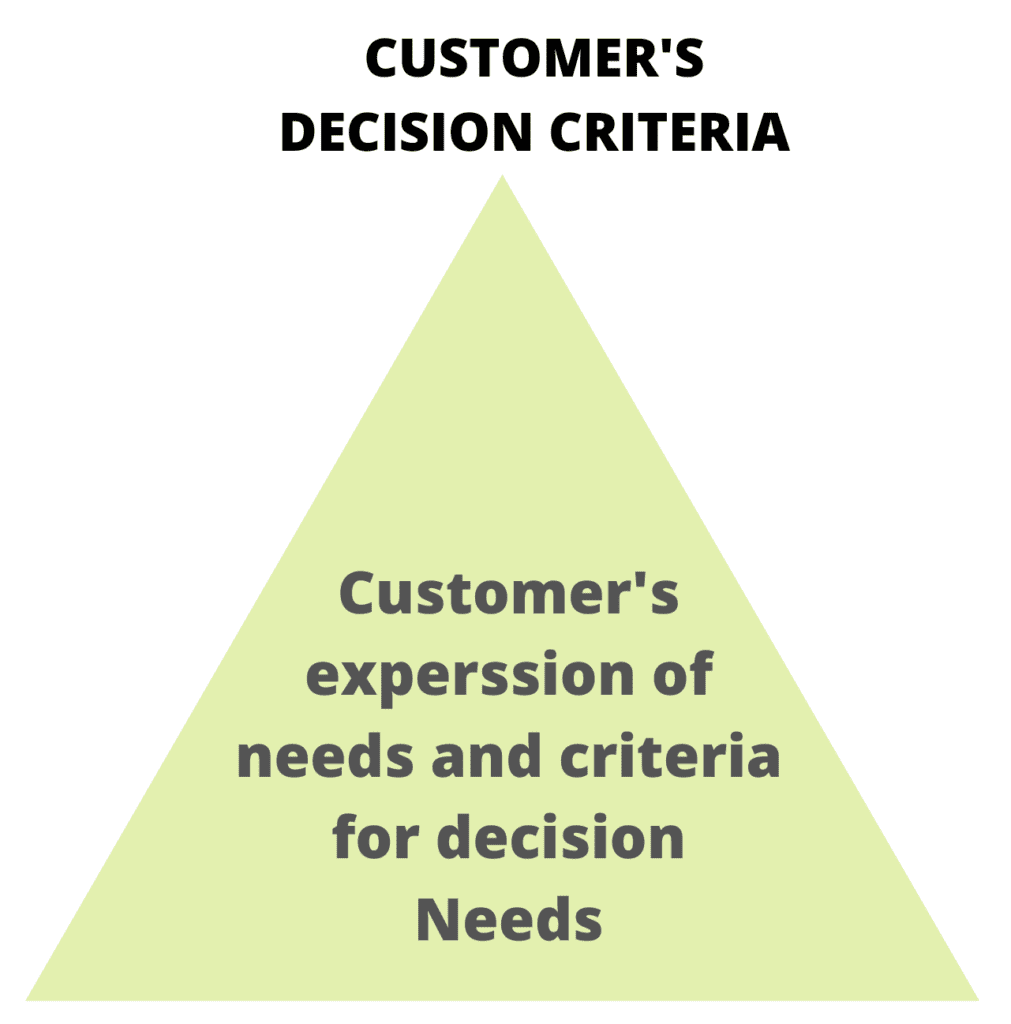
Then we have our own solution’s characteristic, features and benefits.
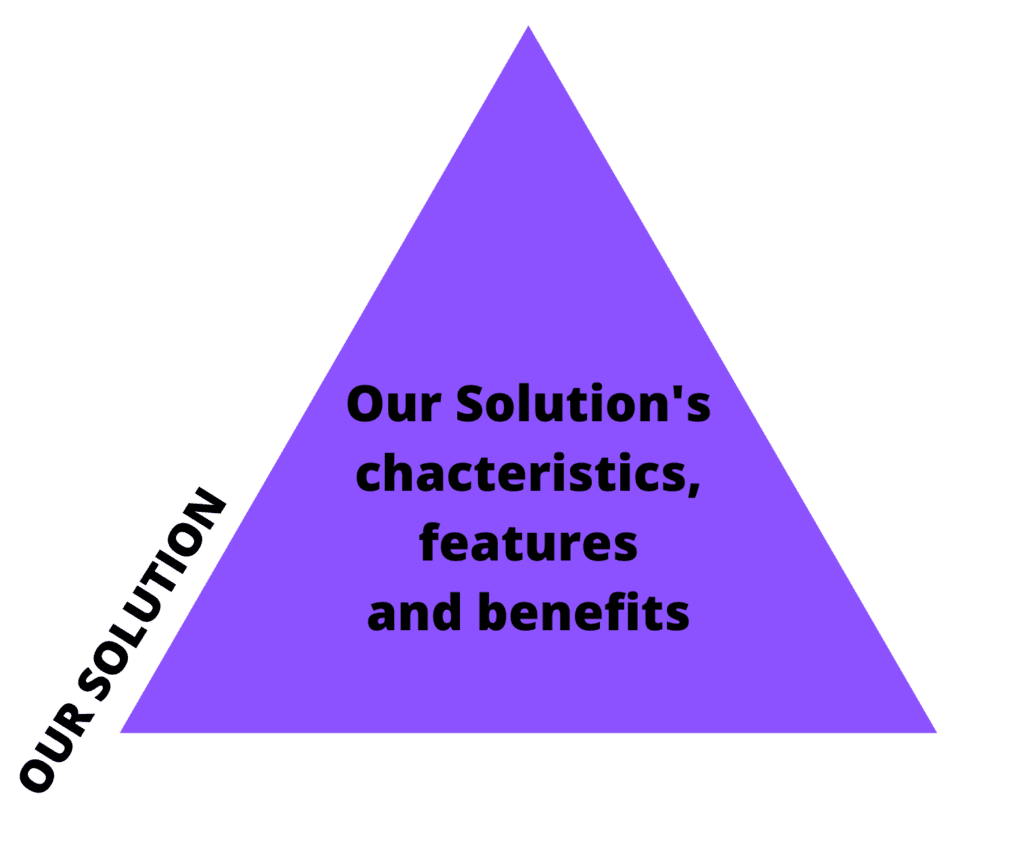
These two zones are overlapping. Usually it’s almost impossible that they match. Hopefully they are not too distant from each other.
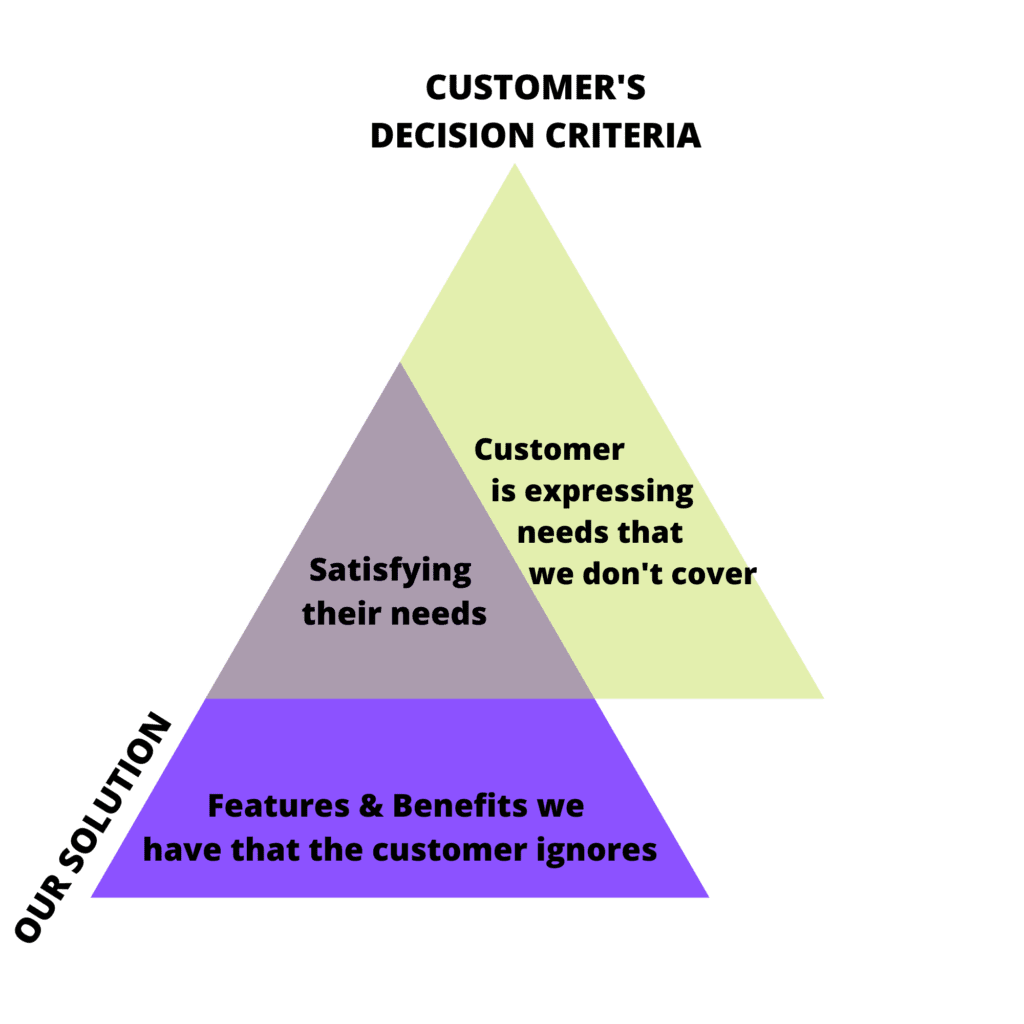
When considering the overlap between the customer’s experssion of needs and our solution’s characteristics, we notice three zones:
- Criteria/requirements that we satisfy or cover.
- Those we don’t cover or satisfy .
- Features or benefits that we are proudly announcing to the market but the customer is not expressing any interest into them.
Now, of course, we are not alone on the market ; we have competition which can be another company offering products and services or can be the existing system or non-decision.
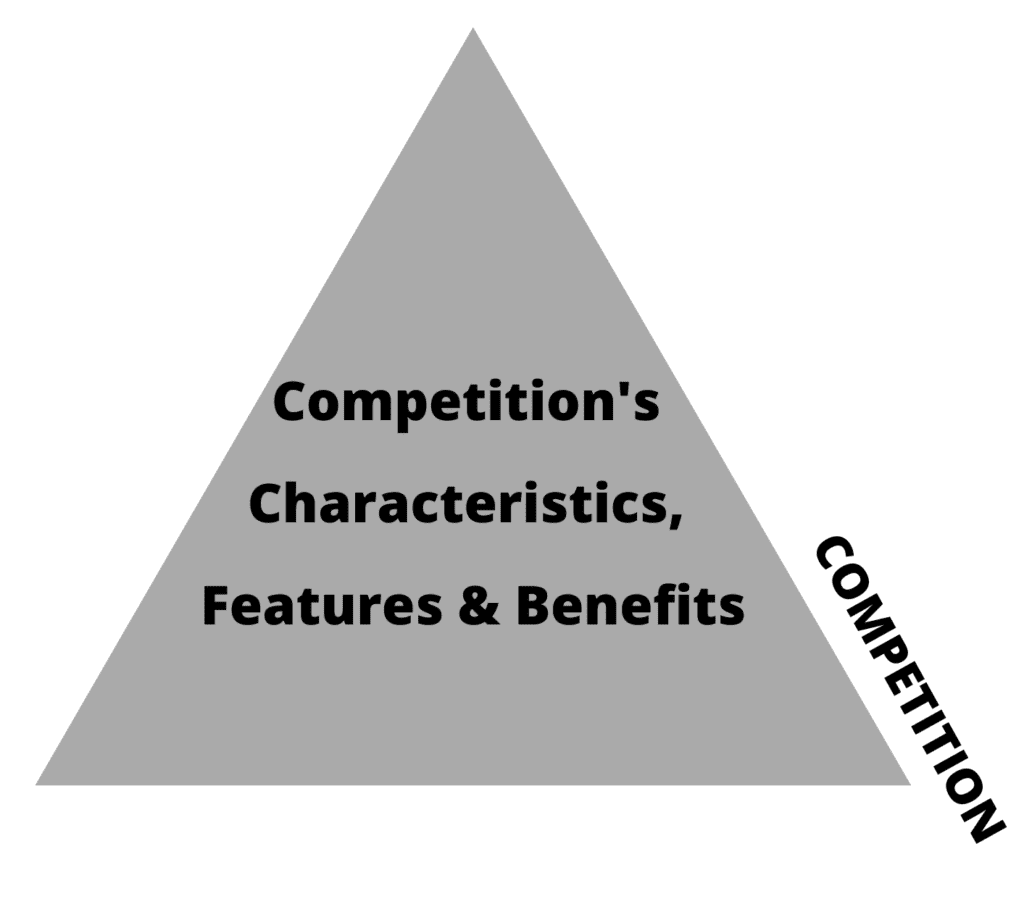
Our competition, whoever or whatever they are, has also features and characteristics that they promote. When we look at the competition together with our solution and the customers expression of decision criteria we notice that there or seven different zones.
Analysis Of The Decision Criteria Triangle
Let’s go through each of these zones and analyze them.
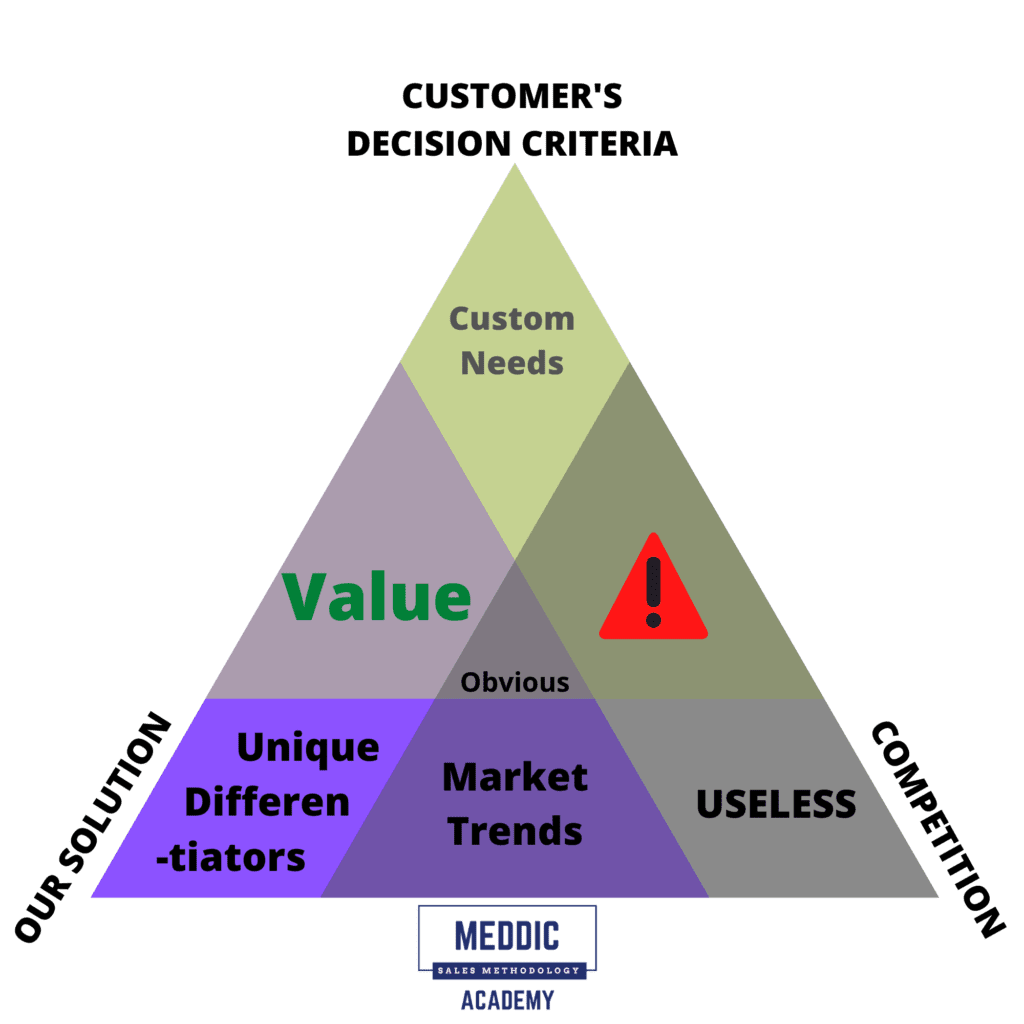
The OBVIOUS zone, also known as the “parity zone”, appears in the center. It’s composed of a series of needs or decision criteria which are expressed by the customer that both us and the competition satisfy. Boring!
Next is the MARKET TRENDS zone. These are capabilities or characteristics that we offer as a vendor, as well as our competitor, but the customer is not asking for them. This happens sometimes when vendors develop new features that they think that the market is going to ask or is asking and some customers, the majority of those who are not early adopters are not yet asking for. Sometimes they don’t care for a while. The best example is when the cloud architecture started to be known in early 2000. There were a lot of customers who were not interested.
USELESS features are those that the competitor is bragging about that the customer is not interested in and that we don’t offer either.
Our UNIQUE DIFFERENTIATORS represent a zone where we have some key strategic capabilities that the competition doesn’t have but the customer is not asking for (yet). that’s what I call.
At the top of these triangles resides CUSTOM NEEDS. Those are capabilities or decision criteria that the customer is expressing but neither us nor our competitor can satisfy them. The customer may need to go through some custom developments to get them.
Most important zones
The last two zones are the most important ones. On the Left we have a zone called the VALUE TRIANGLE. As mentioned at the beginning of this article, this zone is a series of decision criteria and capabilities or features that the customer is asking that we can satisfy but our competitors cannot.
The DANGER zone, which is exactly the symmetrical of the VALUE but for the competitor, is where the customer is asking for some capabilities or criteria that we cannot satisfy but our competition can. That’s the danger zone. To win a deal, we need to flatten the playing field and even tilt it in your direction. We do that by leveraging the VALUE TRIANGLE, while shrinking the DANGER zone. How? Learn that in the Full MEDDIC Bundle. Enroll today!

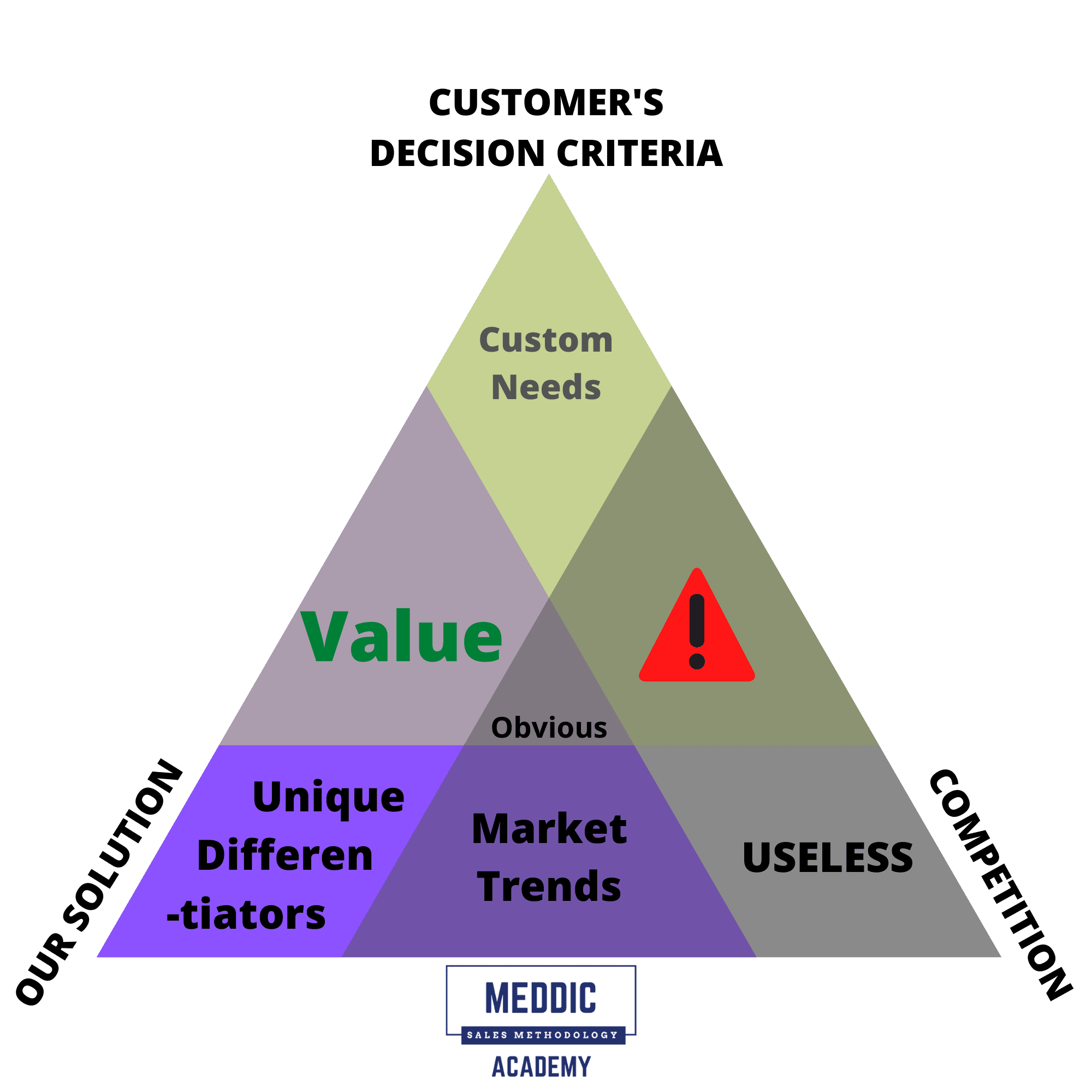
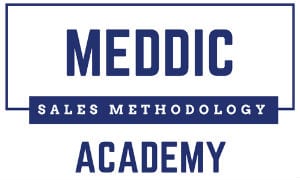
Comments are closed.